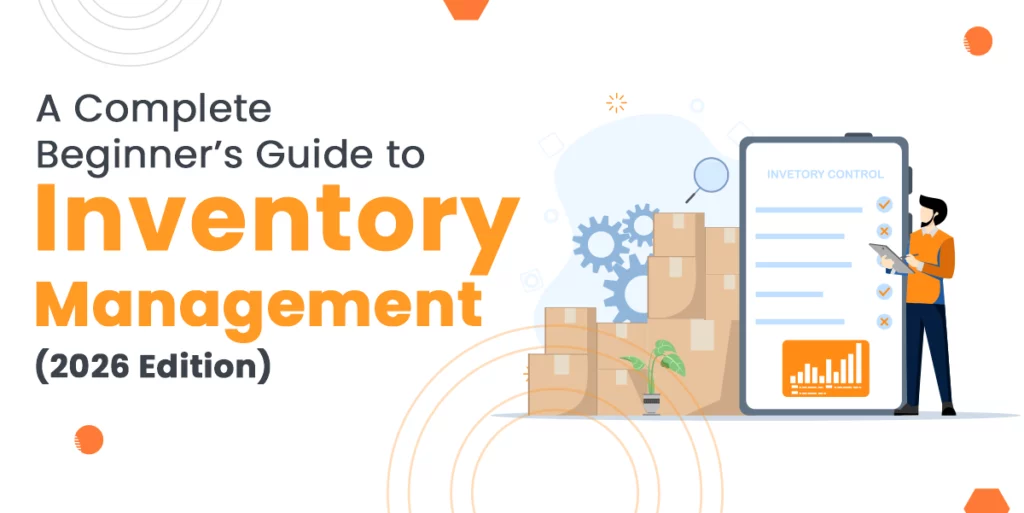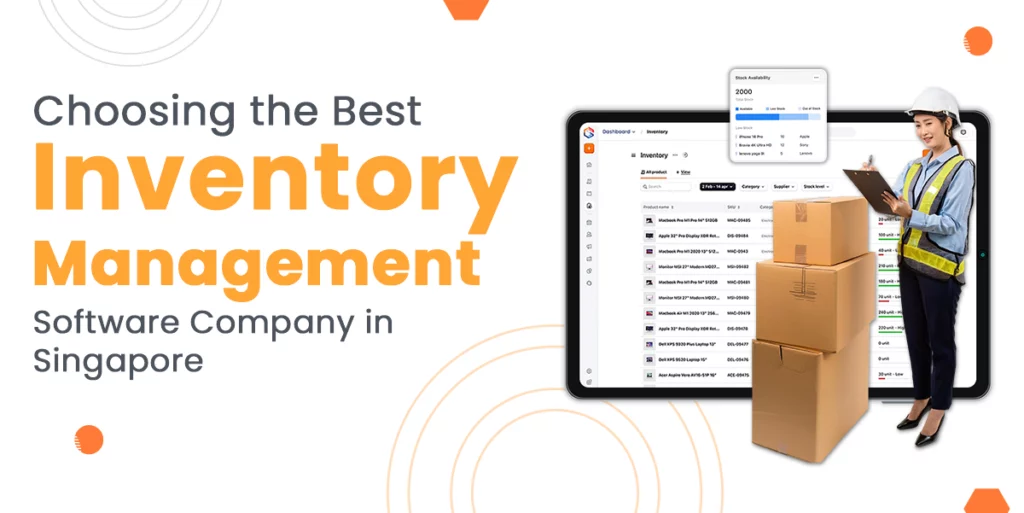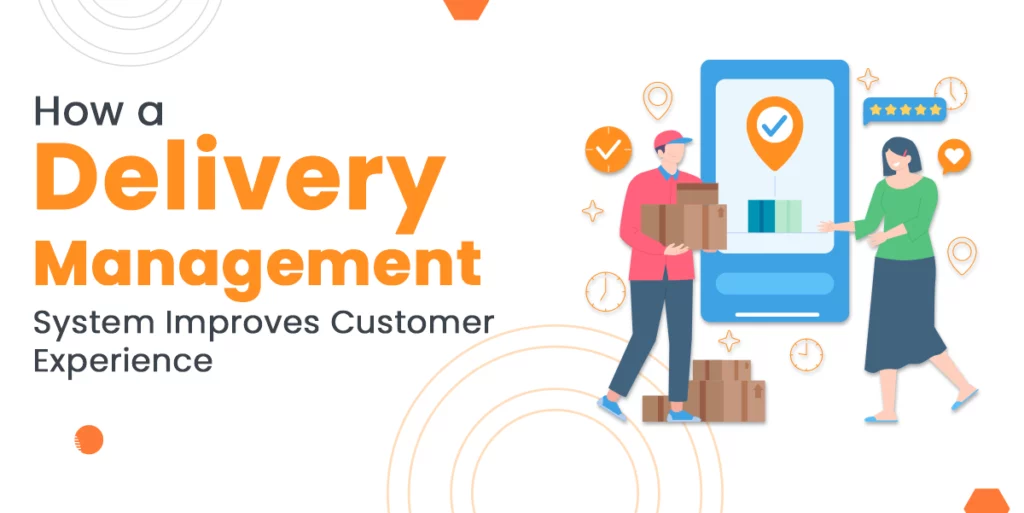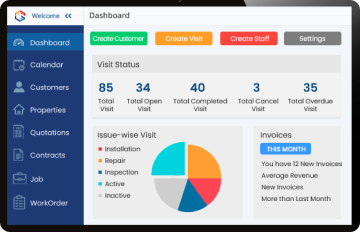Have you noticed that some deliveries show up right on time with clear updates, while others leave you waiting and guessing? The difference often comes from smart tools working quietly in the background. Customers today expect fast service, real-time updates and reliable timing, whether it’s food, medicine or an online order.
For businesses, this means ensuring consistent and reliable delivery every time, rather than relying on chance. This is where a delivery management system (DMS) comes in.
From planning efficient routes to tracking every driver in real time, a DMS helps you save costs, avoid delays, and keep customers happy. In this blog, we’ll explore what a DMS is, how it works, and why it’s transforming businesses in Singapore and beyond.
The Basics of a Delivery Management System (DMS)
The delivery management system (DMS) is an application designed to automate as well as improve the whole delivery process from planning and booking to monitoring as well as confirming deliveries.
The system is utilised across industries, including e-commerce, logistics, food delivery, healthcare and field services to enhance operational efficiencies and boost customer satisfaction.
A delivery management system in Singapore operates as the central nervous system for coordinating deliveries.
Key Features of Delivery Management Software
Modern delivery management software in Singapore comes with a robust set of delivery software features that help manage complex delivery operations:
1. Delivery Route Optimisation
- Automatically computes the quickest, most fuel-efficient delivery routes.
- Raises the number of deliveries per driver and lowers fuel expenses.
2. Real-Time Delivery Tracking System
- Live GPS tracking of vehicles and drivers.
- Visibility into the exact location of each package.
3. Automated Dispatching
- Picks the best driver for each delivery using location, timing, and route.
- Reduce manual work and boost delivery speed.
4. Proof of Delivery (POD)
- Snaps e-signatures, clicks pictures, scans barcodes and also adds notes at the drop-off place.
- Builds clear records and cuts delivery mix-ups.
5. Customer Notifications
- Shoots out SMS or email alerts for ETA, delays and delivery updates.
- Lifts customer happiness and trust.
6. Delivery Analytics and Reporting
- Gathers key numbers like on-time delivery, missed orders and fleet use.
- Uncovers smart ideas for getting better every day.
How Does a Delivery Management System Work?
A good delivery system centralises and automates the whole process from order acceptance to final delivery. Here is a step – by – step description of the way it operates:
1. Order Input
Orders may be added manually, via CSV upload or even automatically built-in from platforms such as e-commerce merchants or CRMs.
2. Task Assignment
The system utilises intelligent dispatch logic to delegate delivery duties to offered drivers depending upon location, time frames as well and capacity.
3. Route Optimisation
The DMS creates the most effective routes utilising real-time traffic data as well as constraints on delivery, reducing delays as well as gas use.
4. Real-Time Tracking
Both companies and customers can use GPS tracking for deliveries to obtain complete visibility over the last-mile journey.
5. Proof of Delivery (POD)
Drivers use a mobile app to capture e-signatures, photos or barcodes at drop-off points, confirming successful deliveries.
6. Analytics & Reporting
The system also gathers data on delivery expenses, delays, as well as on-time performance indicators, which will help businesses improve future operations.
Why Do Businesses Need a Delivery Management System?
Nowadays, customer trust is determined by speed as well as accuracy. Consumers want fast, reliable and clear delivery, whether it is for a warm meal or an e-commerce item. A late order or a bad conversation with customers causes them to walk away and also leave terrible reviews.
That is why a lot of businesses have turned to software-based delivery systems to control their last-mile logistics.
Gain Complete Visibility Across Deliveries
Without tracking, dispatchers don’t know where the driver is or if the parcel will arrive on time. A delivery tracking system clears this worry by showing live updates of vehicle location, order status and route changes. Managers spot issues quickly and fix them before they upset customers.
Missed Delivery Reduction with Accurate Location Mapping
Late or missed deliveries often pop up when drivers hunt for the right address. This gets harder in crowded cities like Singapore, where small delays spark SLA breaches. With smart management software, drivers follow exact maps and step-by-step directions, reaching the customer on time.
Measure and Improve Workforce Productivity
Managing dozens of vehicles by hand drains time and sparks mistakes. A delivery system gathers data on idling, delays, and route shifts, giving managers the tools to sharpen resources. Over time, businesses set clear goals and lift driver performance again and again.
Smarter Task Allocation
Not every driver knows every road. Random task assignment slows deliveries and annoys drivers. A DMS lets dispatchers match orders with driver skills, route knowledge, and vehicle size, making sure every task flows smoothly.
Better Route Planning to Avoid Delays
Surprise problems like traffic jams, detours, or road work can wreck delivery times. Advanced delivery route optimisation tools inside a DMS design the best routes by weighing real-world difficulties. If delays strike, the system suggests fresh paths at once to avoid SLA breaches and keep customers happy.
What Makes the Best Delivery Management System?
You should evaluate the delivery management system features which support your current operations as well as future growth. Here is exactly what to look for:
| Feature | Description |
|---|---|
| Scalability | Supports both business fleets and small businesses. |
| User-Friendly Interface | Intuitive dashboard and mobile apps for drivers. |
| Integration Capabilities | Connects e-commerce systems, CRMs, and telematics. |
| Customizable Workflows | Enables tailored task assignments, delivery windows, and alerts. |
| Data Security | Ensures robust data protection and compliance with local regulations. |
| Dynamic Route Optimization | Adjusts routes in real time for last-minute changes. |
One of the best management systems provided by Genic Solutions has comprehensive features tailored for businesses in Singapore and beyond.
Who Uses Delivery Management Software?
In a lot of industries, timely delivery is crucial, and that is the reason why delivery management software is essential. Here are the industries that widely use DMS:
1. Retailers
Both traditional retailers as well as internet retailers depend on DMS to make sure that their orders are processed quickly and correctly. It enhances the customer experience and helps manage same-day or next-day delivery.
2. Courier Companies
Courier Companies Couriers that carry large loads depend on DMS to offer duties, monitor shipments in real time, and sharpen delivery routes, which reduces delays and costs.
3. Field Service Providers
Businesses that send helpers for repairs, installs, or service use DMS to plan visits, guide technicians, and keep every visit on time.
4. F&B Businesses
Food and drink companies that provide meal kits, catering, or groceries on demand make use of delivery systems to manage their tasks in a manner that’s effective and time-sensitive.
5. 3PLs (Third-Party Logistics Providers)
3PLs use DMS to handle deliveries across many clients and fleets. It helps manage bulk orders, track drivers, and give live updates.
Benefits of Using a Delivery Management System?
For delivery businesses, e-commerce, and logistics, the benefits of a delivery management system will be huge gains in operations, cash and customer support.
1. Increased Operational Efficiency
Automatic task delivering, smarter routes, and live monitoring reduce manual work and speed up the entire process
2. Cost Reduction
By trimming routes and cutting idle time, fuel spend and labour costs drop. Many businesses save thousands each month for every vehicle.
3. Enhanced Customer Experience
Live monitoring, ETA alerts, as well as proof of delivery (POD) software help build trust among customers.
4. Improved Delivery Accuracy
With clear task control and planned routes, the chance of missed or late deliveries falls, giving fewer complaints and fewer returns.
5. Actionable Insights
Built-in dashboards show key numbers like delivery success rates, delays, and driver work. Managers use this data to guide smart decisions.
Why Choose Genic Solutions?
Genic Solutions is an excellent option for your delivery needs in case you’re searching for a partner which can deal with both local and global issues. Here’s what sets them apart:
Tailored for Singapore Businesses
Genic Solutions offers a robust Delivery Management System (DMS) built to tackle real-world delivery challenges in Singapore’s fast-paced environment. From route optimisation and real-time tracking to automated dispatching and proof of delivery, their platform ensures smooth, reliable operations.
Seamless Integration and Flexibility
The DMS is readily integrated with your current CRMs, e-commerce platforms as well as inventory management systems. It enables full workflow customisation, which is perfect for companies with growing fleets and with special delivery needs.
Scalable for Growth
Whether you’re a startup or an enterprise, Genic’s solution grows with your operations. Their platform supports everything from small delivery teams to large logistics operations.
Trusted Support and Innovation
Genic Solutions, with its hands-on assistance as well as deep focus on innovation, will help companies improve efficiency, cut costs and boost customer satisfaction.
Future Trends in Delivery Management
As technology evolves and more customers require, the delivery system has to work fast to match the changing requirements of the buyer. What exactly are the main trends in the future?
1. AI-Powered Route Optimisation
Machine learning and AI study old traffic, driver habits, weather, and customer timing to shape the smartest delivery paths.
2. Autonomous and Drone Deliveries
Self-driving cars and drones are starting to join last-mile logistics. DMS platforms link with them to guide and track these new delivery modes.
3. Sustainability Tracking
With more focus on the planet, DMS tools now add carbon checks, electric vehicle (EV) fleet control, and emissions tracking as key features.
4. Predictive Analytics
Delivery management software shifts from fixing problems after they happen to spotting them before. It helps forecast delivery delays, demand jumps, or capacity gaps.
5. Hyperlocal Deliveries
As on-demand and same-hour delivery rise, DMS platforms gear up for local jobs using micro-warehouses and nearby fleets.
Conclusion
Now, delivery management systems are much more than simply a useful tool, as they’re essential to the success of any company. A DMS offers unparalleled clarity and control over complicated delivery operations, while simultaneously reducing costs and enhancing efficiency.
Businesses are able to remain competitive in a very competitive marketplace by utilising features including real-time tracking, automatic dispatch, route optimisation, as well as analytics.
Nowadays, companies which use delivery management software are well equipped to deal with challenges, such as, for instance, Sustainability tracking, hyperlocal deliveries, and AI-driven planning. No matter the size of your fleet or the size of your company, DMS is an excellent way to increase your sales and customer satisfaction.









